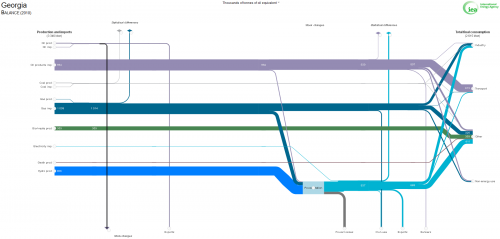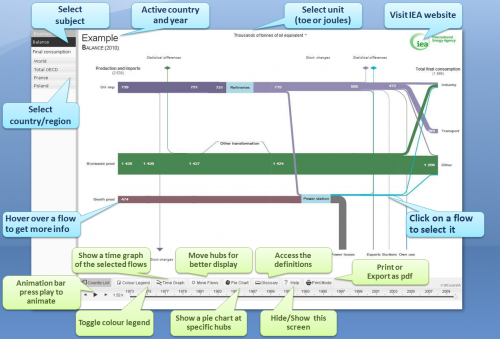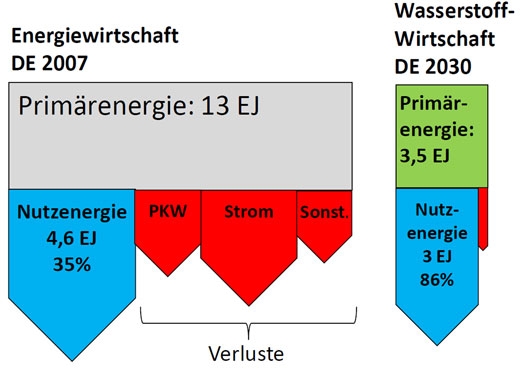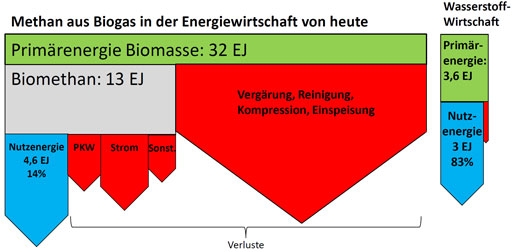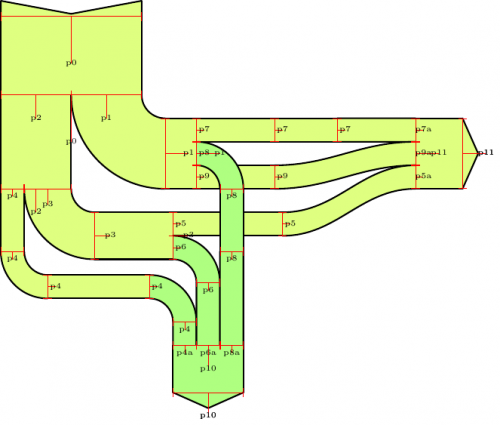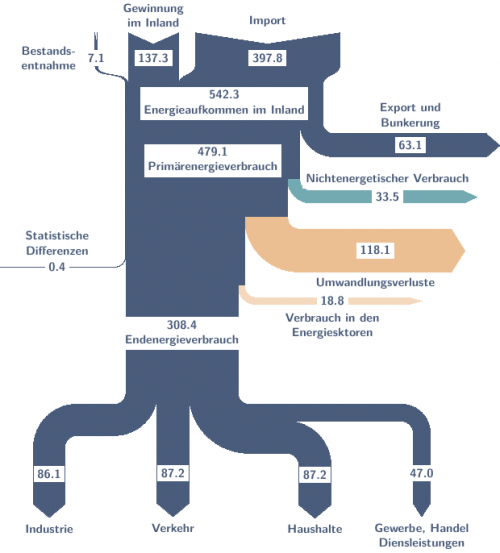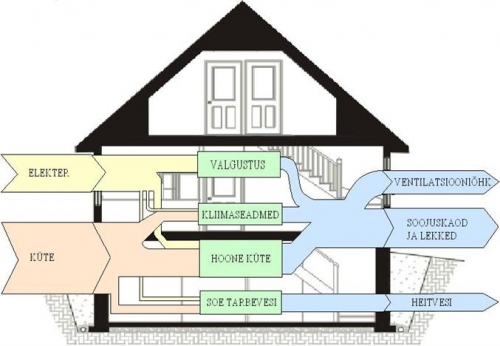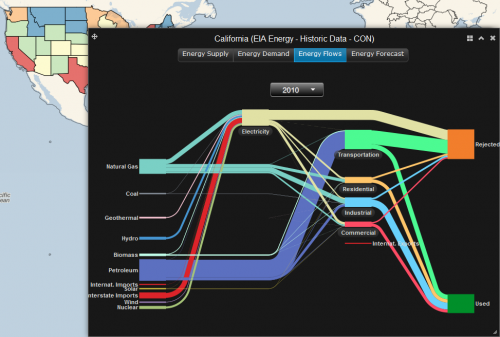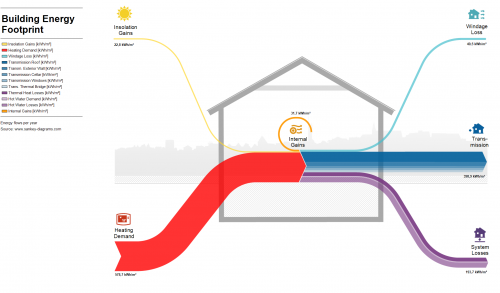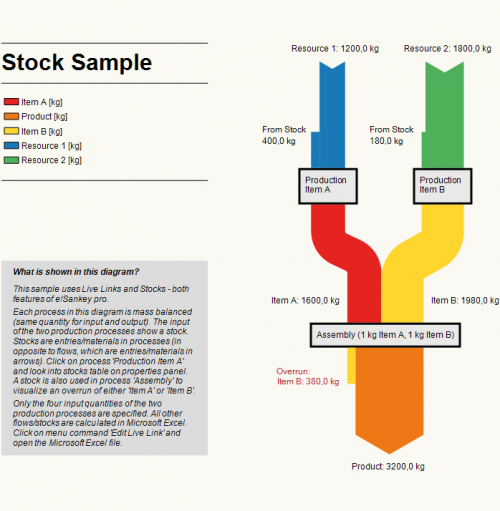A one stop source for energy balances from all over the world is this International Energy Agency’s (IEA) website. When accessed first time it shows the World Energy Balance for 2010. You can choose to view either the balance (primary energy to final consumption) or a breakdown to consuming sector for more than 100 countries and even for some regions.
Here is a static image deliberately chosen (Georgia 2010). Data in thousands of tonnes oil-equivalent (ktoe).
But the best thing is to actually browse these diagrams and interactively discover and compare them.
You can also watch the Sankey diagram develop over time (movie time line 1973 to 2010 for some countries). Check out, for example, Republic of China’s growing hard coal use for energy generation. Many additional options are available, such as legend, node details as pie chart, dragging nodes.
Great tool IEA is providing to the community, making its vast energy data accessible in a clear, comprehensible and even playful manner.
